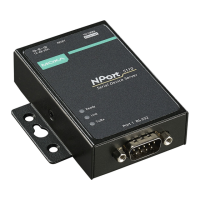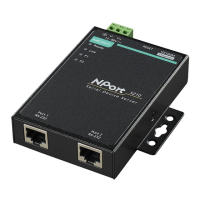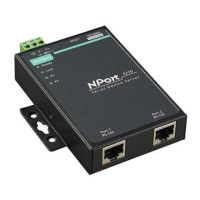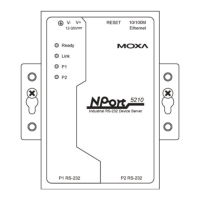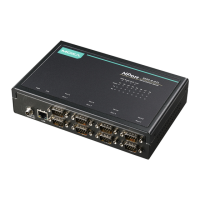NPort 5100 Series User’s Manual Configuring NPort Administrator
6-20
5. Select COM Settings to modify COM No., default setting, etc.
6. Select the COM Number.
COM ports that are “In use” or “Assigned” will also be indicated in this drop-down list. If you
select multiple serial ports or multiple NPort 5100s, remember to check the “Auto
Enumerating” function to use the COM No. you select as the first COM No.
7. Hi-performance mode is the default for Tx mode. If the driver completes sending data out to
the NPort 5100, the driver will respond “Tx Empty” to the program.
Under classical mode, the driver will not notify the user’s program that Tx is completed until
all Tx data has been sent out from the NPort 5100; this mode will cause lower throughput. If
you want to ensure that all data is sent out before further processing, classical mode is
recommended.
Enable/Disable Tx/Rx FIFO. If disabled, the NPort 5100 will send one byte each time the Tx
FIFO becomes empty; and an Rx interrupt will be generated for each incoming byte. This will
result in a faster response and lower throughput. If you want to use XON/XOFF flow control,
we recommend setting FIFO to Disable.
Fast Flush (only flush local buffer)
• We have added one optional Fast Flush function to Moxa’s new NPort Real COM driver.
NPort Administrator Suite for 2G NPort adds it after version 1.2.
• For some applications, the user’s program will use the Win32 “PurgeComm()” function
before it reads or writes data. With our design, after the program uses this Purge Comm()
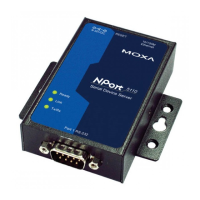
